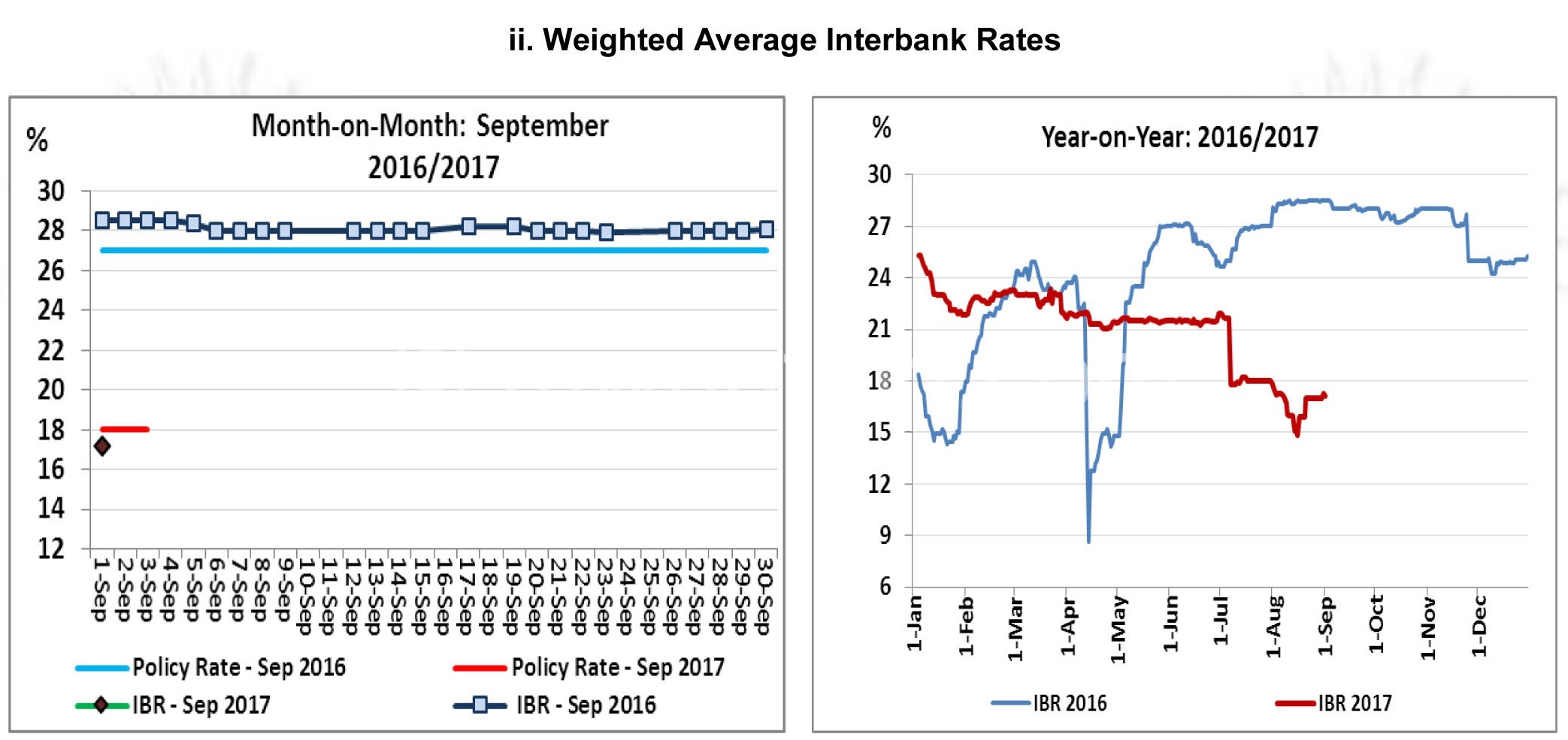Banks narrow interest rate gap
The Reserve Bank of Malawi (RBM) has said the recent cut in lending rates by two of the country’s commercial banks is a step towards the narrowing of the interest rate spread that has been a bone of contention among borrowers.
Out of the country’s 10 commercial banks, FMB plc and Standard Bank plc have taken a step to reduce further the lending rates to 25 percent from 27 percent within a space of one month.
This is the second since the central bank cut its policy rate—the rate at which commercial banks borrow from the central bank as a lender of last resort by 400 basis points—from 22 percent to 18 percent on July 24 this year.
This means that the cost of borrowing has gone down and the move also gives respite to companies and individuals servicing loans with these two banks.
For those who are looking for capital to expand their businesses, they can access it at a much more cheaper cost than before.
A rate cut could also help consumers to save money by reducing interest payments on certain types of financing.
In an interview on Monday, RBM spokesperson Mbane Ngwira said while the reduction in the base lending rates will not have any impact on the policy rate, the development means the spread between depositor’s rates and interest rates on lending is narrowing.
He said: “The policy rate does not follow the other changes. If you check, you will find they [banks] are reducing lending rates and increasing deposit rates which is just a reaction from stakeholders on the concerns of the spread between the lending rate and deposit rate.
“This has nothing to do with policy direction because these banks are addressing concerns from stakeholders on the lending spread which does not induce economic growth. You will see deposit rates getting closer or even above the inflation rate which makes people to be induced to save more.”
Over the past 12 months, inflation has been trending downwards largely buoyed by the availability of maize, which, as part of the food component, has a huge weight in the consumer price index, which measures the changes in the price level of market basket of consumer goods and services purchased by households.
The inflation rate is now at 10.2 percent as of July, with the RBM projecting a single digit rate by December this year.
Catholic University of Malawi dean of economics Gilbert Kachamba thinks that while the cuts are not expected to stimulate the reduction of policy rate anytime soon, the country should expect the rate to be stable for a longer period.
He, however, cautioned that the development may put pressure on the local currency in that there will be a slight loss of value of the currency which may lead to inflation rate to rise.
In an earlier interview, former RBM governor Perks Ligoya was worried that at 14.8 percent, the difference between the base interest rate and the inflation rate is still very high.
“There is still more room for the banks to reduce their interest rates,” he said.
Consumers Association of Malawi (Cama) president John Kapito said consumers would want to see narrowing interest rate spread saying: “I wish all banks could do the same”.
Weighing in, Small and Medium Enterprises Development Institute (Smedi) public relations officer Mian Mpesi said the reduction is what most micro, small and medium enterprises have been looking forward to.
“We hope other bigger banks will follow suit so that the net is cast wider. It will even be better if the rate could further go down which is a possibility. We also hope that small businesses will respond positively,” she said.





